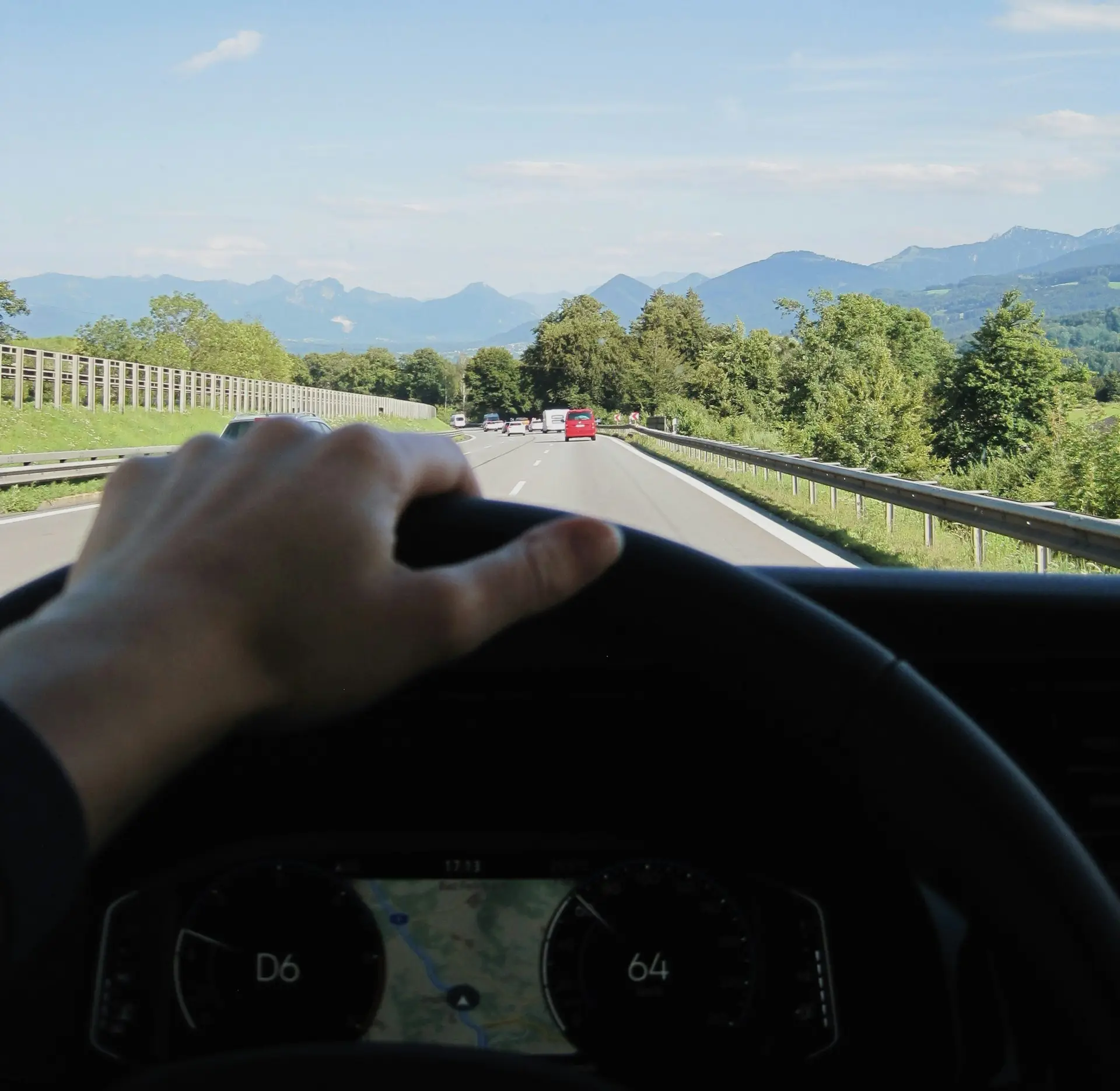Obtaining a driving license in Germany can be a complex process, especially for newcomers. Germany has strict regulations and requirements to ensure road safety. Here’s a detailed step-by-step guide to help you through the process.
1. Determine the Type of License You Need
Germany offers different categories of driving licenses depending on the type of vehicle you intend to drive. The most common types are:
- Class B: Standard passenger cars
- Class A: Motorcycles
- Class C: Trucks
2. Check if You Need to Take a Test
If you hold a driving license from an EU/EEA country, you may not need to take any tests. However, for non-EU licenses, conversion rules vary, and in most cases, both theoretical and practical exams are required.
3. Enroll in a Driving School (Fahrschule)
Choosing a certified Fahrschule is mandatory for first-time applicants and highly recommended for license conversion. The school provides:
- Theoretical lessons
- Practical driving lessons
- Assistance with exam registration
4. First Aid Course (Erste-Hilfe-Kurs)
Before applying for the license, you must complete an official first aid course, which typically lasts 6-8 hours and covers basic life-saving techniques.
5. Eye Test (Sehtest)
A certified optician or ophthalmologist must conduct an eye test to ensure your vision meets the legal driving requirements.
6. Gather Required Documents
Prepare the following documents before applying:
- Valid ID or passport
- Proof of residence (Anmeldung)
- Biometric passport photo
- Certificate of first aid course
- Eye test certificate
- Fahrschule confirmation (if applicable)
7. Submit Application to the Local Driver’s License Office (Führerscheinstelle)
Once all documents are ready, submit them to your local Führerscheinstelle, and pay the processing fee (usually between €40-80). Processing may take a few weeks.
8. Theoretical Exam (Theorieprüfung)
After your application is approved, you can take the theoretical exam, which includes:
- 30-40 multiple-choice questions
- Topics such as road signs, traffic rules, and first aid
- The exam is available in multiple languages, including English
9. Practical Driving Lessons
The driving school will provide practical lessons based on legal requirements, which include:
- City driving
- Highway driving (Autobahn)
- Night driving
- Special conditions such as fog and rain
10. Practical Driving Exam (Praktische Prüfung)
Once you feel confident, your driving school will schedule the practical exam. An examiner will evaluate your driving skills based on:
- Vehicle control
- Traffic awareness
- Compliance with road rules
11. Receiving Your Driving License
Upon passing both exams, you will receive your driving license by mail or you can collect it from the driving license office. Initially, new drivers will be subject to a 2-year probationary period (Probezeit), during which stricter rules apply.
12. Costs Involved
The entire process can cost between €1,500 to €3,000, depending on the number of lessons required and additional expenses such as exam fees and document processing.
13. Additional Tips
- Study regularly for the theory test using official apps and books.
- Take enough practical lessons to build confidence.
- Be aware of driving etiquette and local traffic rules.
By following these steps carefully, you’ll be well-prepared to obtain your driving license in Germany and enjoy driving legally and safely.


Leave a Reply